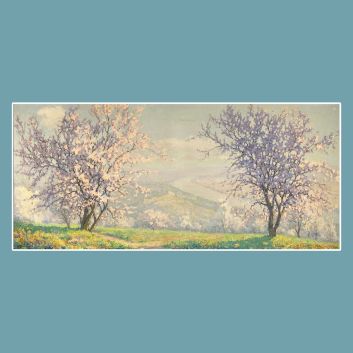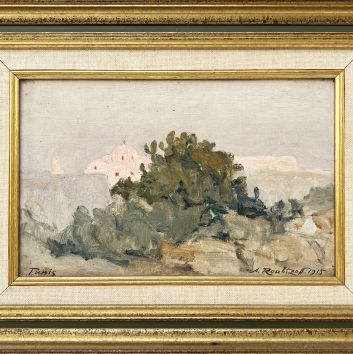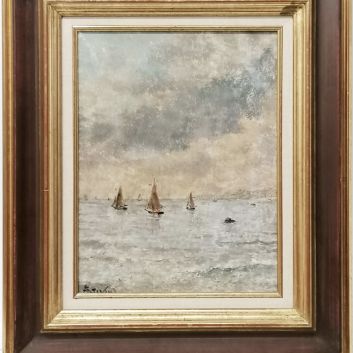Rating and value of works, drawings, paintings by Suzanne Valadon
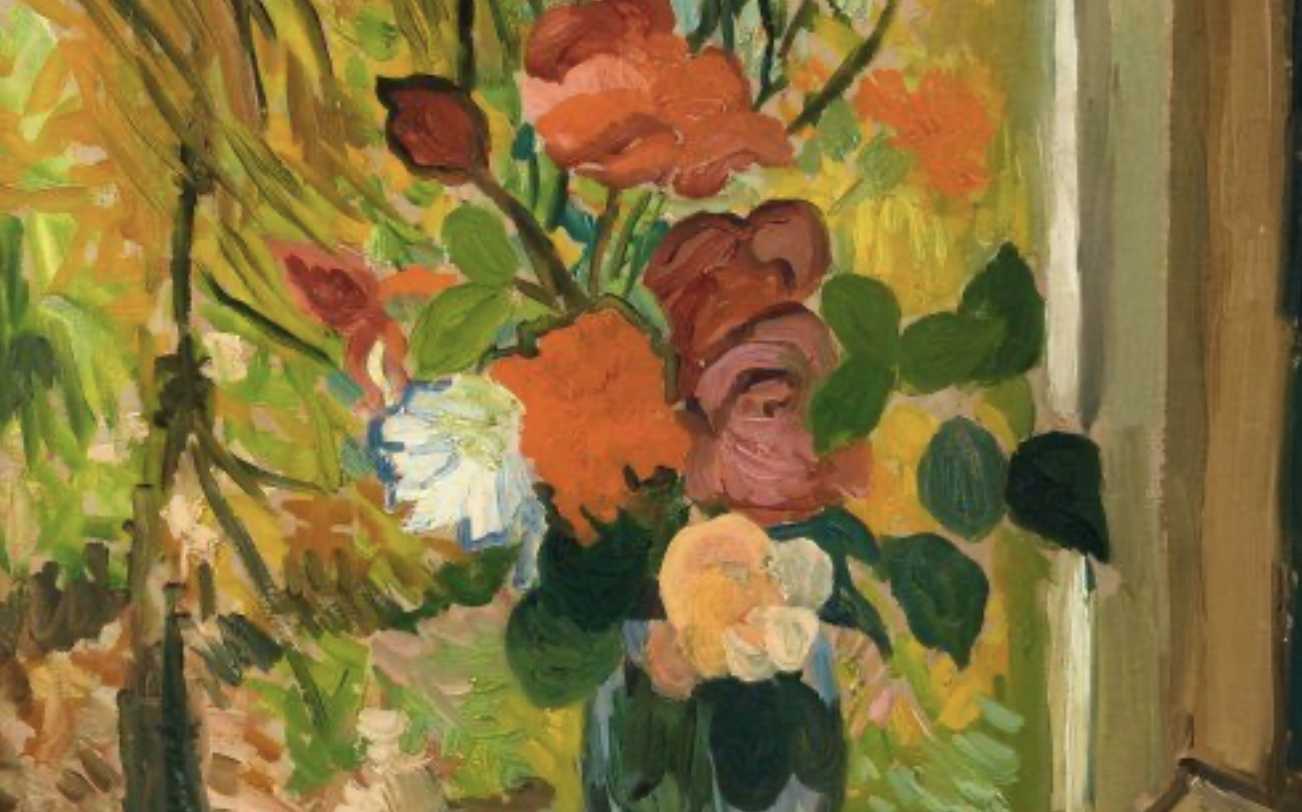
Suzanne Valadon (1865-1938), known as the first woman to be admitted to the École des Beaux-Arts in Paris, developed her own style, blending impressionist and naturalist painting.
In addition to being a talented artist, Suzanne Valadon was one of the most sought-after models among Parisian artists, thanks to her singular physique and distinctive features.
If you own a work by or based on the artist Suzanne Valadon and would like to know its value, our state-approved experts and auctioneers can help you.
Our specialists will carry out a free appraisal of your work, and provide you with a precise estimate of its value on today's market. Then, if you wish to sell your work, we will guide you towards the best possible means of obtaining the best possible price.
Rating and value of the artist Suzanne Valadon
Suzanne Valadon is a well-known artist among contemporary art lovers. Today, the prices of her works are rising under the auctioneer's hammer.
His oils on canvas are particularly prized, especially by French buyers, and the price at which they sell on the art market ranges from €30 to €331,900, a significant delta but one that speaks volumes about the value that can be attributed to the artist's works.
In 2021, his oil on canvas Nu à la draperie sold for €331,900, compared with an estimate of €43,670 to €61,130. His value is rising sharply.
Order of value from the most basic to the most prestigious
Technique used | Results |
|---|---|
Print - multiple | From €30 to €11,280 |
Drawing - watercolor | From €260 to €68,260 |
Oil on canvas | From €240 to €331,900 |
Response in less than 24h
Suzanne Valadon's style and technique
Suzanne Valadon's works are characterized by vivid colors and flat tints, reflecting her membership of the modern avant-garde. Influenced by the Impressionists, her works are luminous. Her bold, expressive artistic style captures intimate moments with originality and modernity.
Suzanne Valadon's works can fetch tens of thousands of euros.
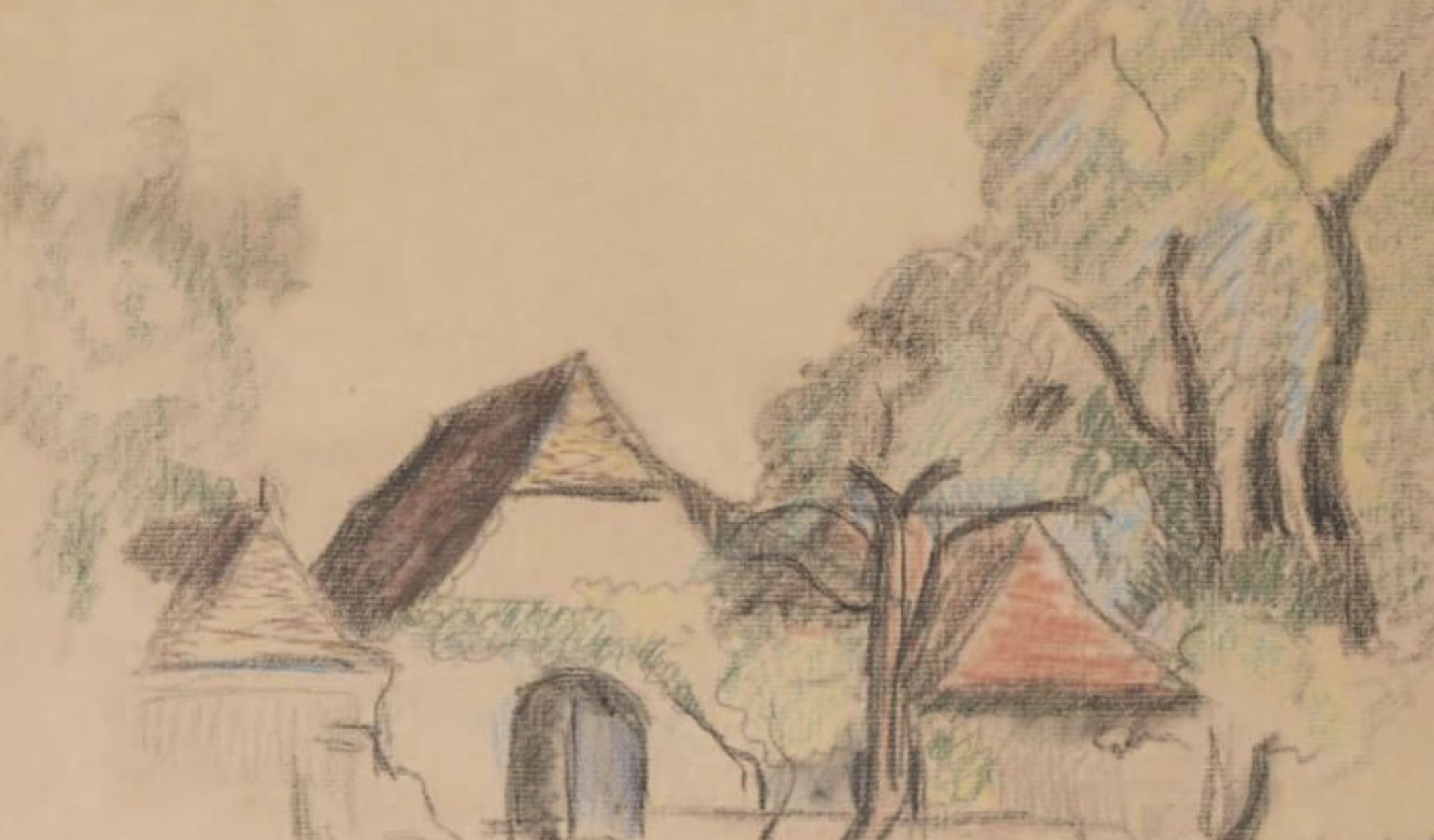
The life of Suzanne Valadon
Marie-Clémentine Valade, known as Suzanne Valadon, was born in Paris in 1865. As a child, she lived with her mother, a laundress in Montmartre.
Suzanne Valadon took her first steps in art as a model. She posed for painters such as Toulouse-Lautrec and Chavanne.
It wasn't until the early 1880s that the young model decided to cross over to the other side of the canvas and began painting. Impressed by her talent, Edgar Degas took her under his wing and taught her the basics of painting and engraving.
In 1894, Suzanne Valadon was admitted to the Société Nationale des Beaux-Arts de Paris. She distinguished herself by her modern approach, being one of the first to depict nude men in monumental works.
The artist led a comfortable life, and his first exhibition was held in 1911. This was the start of a series of exhibitions dedicated to his work. The post-war period proved extremely productive for the artist, who created numerous portraits, nudes and still lifes.
Drawing inspiration from her entourage, Suzanne Valadon produced numerous portraits, notably of her son, her mother, and above all André Utter, her lover and principal model.
She died at the age of 73, surrounded by her Picasso friends, Derain and Braque.

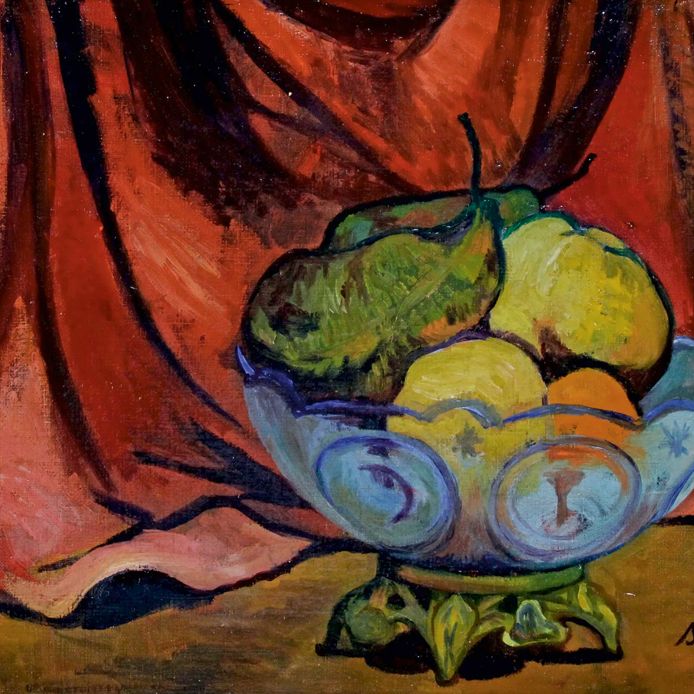
His way of working
Suzanne Valadon's works are characterized by vivid colors and flat tints, reflecting her membership of the modern avant-garde. Influenced by the Impressionists, her works are luminous. Her bold, expressive artistic style captures intimate moments with originality and modernity.
Suzanne Valadon's works can fetch tens of thousands of euros.
Suzanne Valadon's compositions are distinguished by a bold, controlled use of colorimetry and an innovative division of space, characteristics that testify to her membership of the artistic avant-garde of the early 20th century.
The use of vivid colors is one of the most striking elements in her work. Valadon did not hesitate to use bold, contrasting hues, reinforcing the expressiveness of her subjects. This bold use of color, inherited in part from the Impressionists with whom she worked, gives her paintings a palpable energy.
His vibrant flat tints of color, often deployed without intermediate nuances, create an effect of strength and simplicity that immediately catches the eye.
In her compositions, Valadon also shows great skill in the division of space. She structures her canvases in such a way as to direct the viewer's eye through the different parts of the scene, while maintaining a harmonious balance between the elements.
His approach to composition moves away from traditional perspective towards a freer, more expressive spatial organization, reinforcing the modern character of his work. In her nudes and portraits, for example, Valadon often places her figures in the foreground, giving her models an almost sculptural presence.
This proximity to the viewer creates an immediate intimacy, making the work more accessible while emphasizing the emotional intensity of the subjects.
The artist succeeds in unifying the different planes of her paintings through the use of firm lines that clearly delineate the contours of the forms. This technique, combined with her distinctive use of color, lends her works a clarity and strength that capture the essence of the subjects she depicts.
In addition, Valadon often incorporated decorative elements or repetitive motifs into her works, helping to give rhythm to the composition while adding an extra aesthetic dimension.
Suzanne Valadon's works, well valued on the market, reflect a profoundly original and resolutely modern artistic vision, in which colorimetry and the division of space play a central role.
They embody a break with the pictorial conventions of his time, while affirming a unique sensibility that continues to inspire and fascinate.
Understanding Post-Impressionism
Postimpressionism is a general term used to describe a transitional moment in the history of twentieth-century art. This period is considered to stretch from 1880 to 1910, and covers the 30 years of experimentation that saw the emergence of several movements: pointillism, synthetism, symbolism and the nabis.
Félix Fénéon, an art critic of the time, published Les impressionnistes in 1886, an essay that marked a break with Impressionism as known in the 19th century. With the 1886 exhibition, he declared "Impressionism definitively dead".
In 1906, art critic Roger Fry used this theory to popularize the term postimpressionism, following an exhibition at London's Crafton Galleries. It helped revive the art market, especially among American buyers, so that they became aware of the end of Impressionism.
It's important to understand that postimpressionism is not a pictorial trend, but a pictorial theory invented by art critics to describe a tipping point between impressionism and the avant-garde, characterizing a search among artists.
It is therefore historically incorrect to describe an artist as "postimpressionist". Suzanne Valadon's research on the division of space within the painting and on colorimetry was different. These were the two factors that would hold back the avant-garde for half a century.
Working in many genres, the artist produced still lifes and landscape paintings, but it was above all portraiture that held his attention for many years. His work clearly reveals the characteristics of Post-Impressionism.
Impressionist influences can be seen in some of his canvases: fine lines, faithful colors and forms in tune with reality. Gradually, Expressionism began to influence his work: the division of the painting changed, strokes became thicker and faces more serious.
The division of space becomes so visible, and the treatment of bodies and faces so changeable, that we are almost approaching the early experimental phases of Cubism.
Suzanne Valadon, from model to painter
Suzanne Valadon's imprint
Suzanne Valadon was an artist who had a profound influence on her era, both through her talent and as a model. She is also known for being the first woman to enter the Beaux-Arts in Paris, at a time when regulations were very strict. Today, many of her works are on display in museums in France and around the world, but private collectors play the greatest role in preserving her work.
His signature
Not all Suzanne Valadon's works are signed.
Although there are variations, here is a first example of its signature:

Appraising your property
If you own a work by Suzanne Valadon, don't hesitate to request a free appraisal by filling in our online form. A member of our team of experts and certified auctioneers will contact you to provide an estimate of the market value of your Suzanne Valadon work.
If you are considering selling your work, our specialists will also guide you through the various alternatives available to obtain the best possible price, taking into account market trends and the specific features of each work.
Response in less than 24h
Related topics

Rating and value of works, paintings and drawings by Camille Pi...
Camille Pissarro is a twentieth-century Impressionist painter who produced many works that are highly valued at auction.
Read more >

2024 Rating and Value of Furniture, Armchairs, Lighting by Ch...
Christian Liaigre is a twentieth-century designer and decorator who has produced furniture that is highly valued and valued at auction.
Read more >

Rating and value of Pierre Joubert's drawings
Pierre Joubert is a French draftsman who has produced many works that are highly valued at auction. Estimated 24h.
Read more >
Secure site, anonymity preserved
State-approved auctioneer and expert
Free, certified estimates
